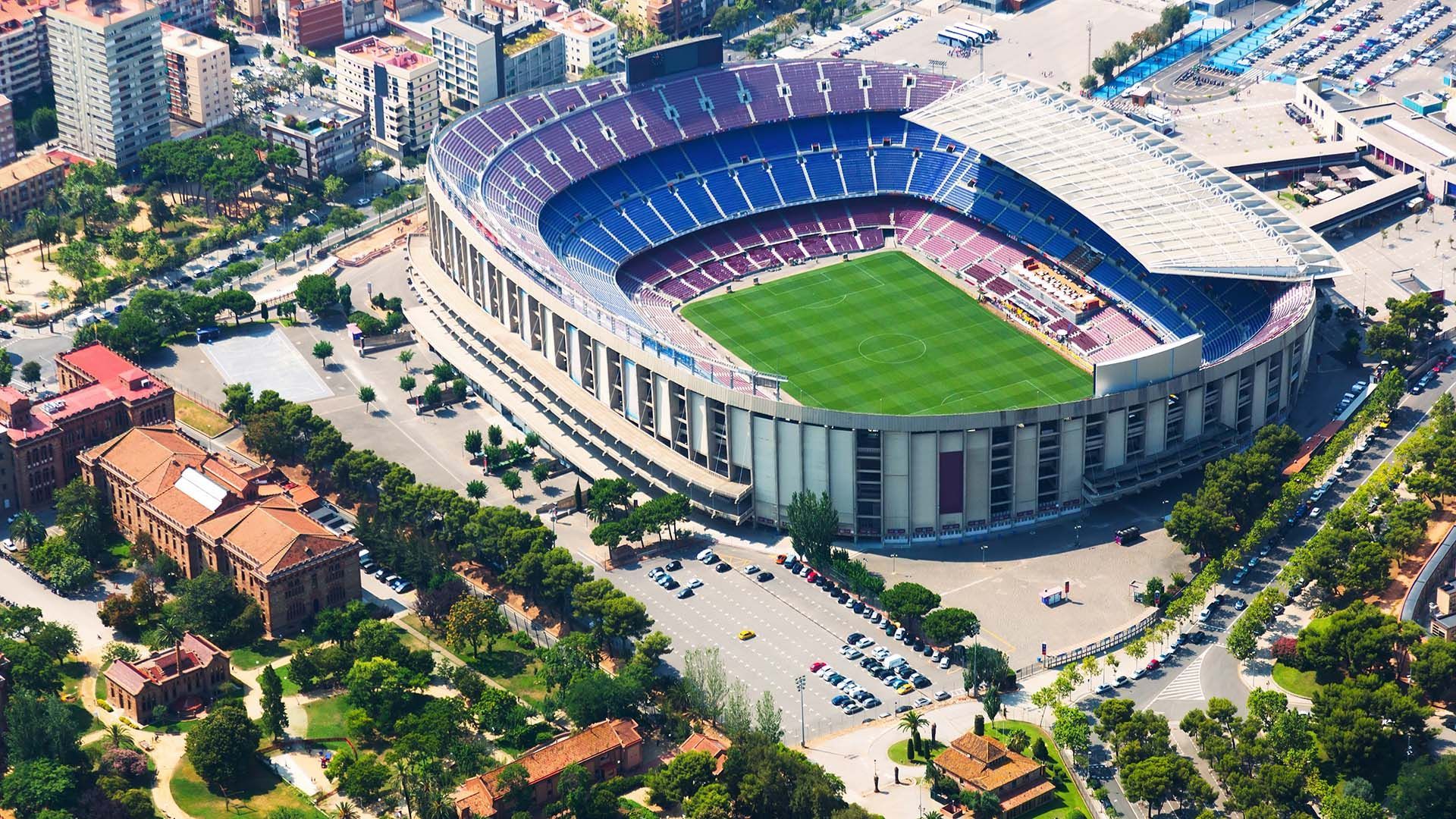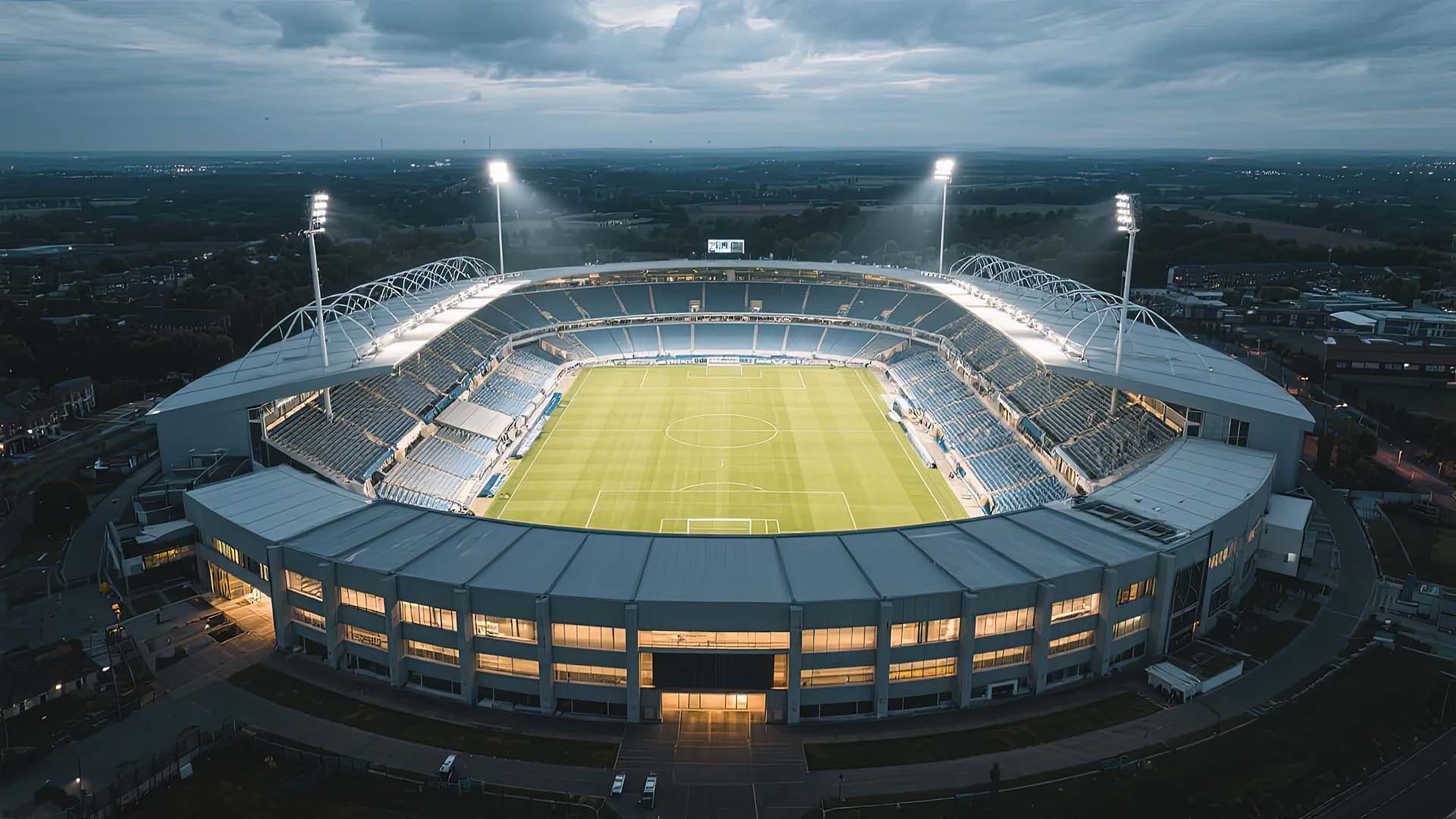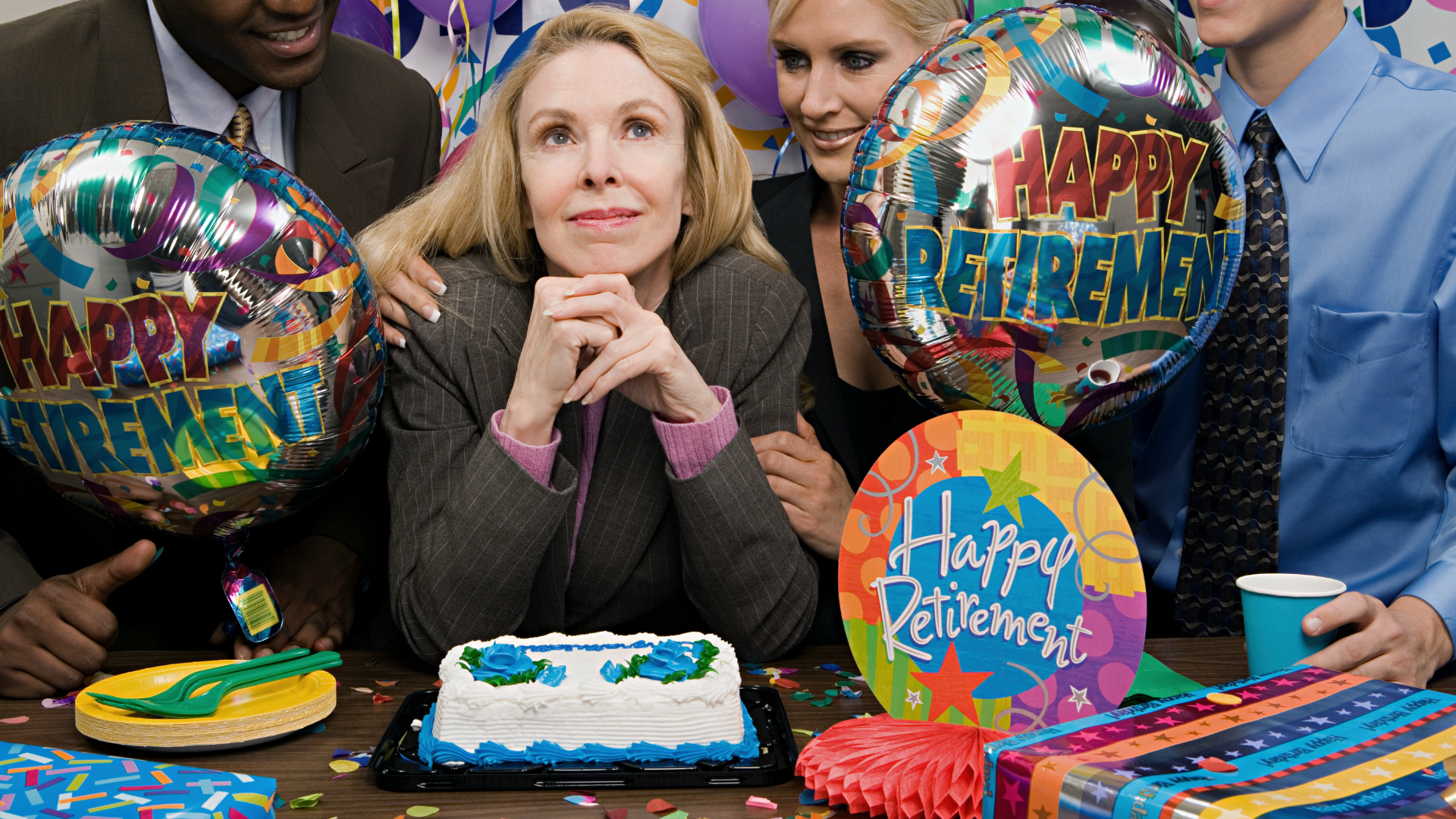How to Plan A Corporate Holiday Event
How to Plan A Corporate Holiday Event
Are you ready to throw the most memorable corporate holiday party of the season? Whether you're celebrating Christmas, ringing in the New Year, or throwing a spooktacular Halloween bash, planning the perfect corporate holiday event is all about attention to detail and creativity. From choosing a festive theme to selecting the ideal venue, here's how to ensure your holiday party is not just another date on the calendar but a highlight of the year for your employees.
Choosing the Right Holiday Theme
Selecting a theme is the first step in setting the tone for your corporate holiday party. The theme should resonate with the specific holiday you're celebrating while also reflecting your company’s culture. For a Christmas party, consider a "Winter Wonderland" filled with sparkling lights and snowy decor. If Halloween is your focus, a "Haunted Office" theme with ghostly decorations can add a fun, mysterious twist. Furthermore, strategically incorporating balloon decor, such as balloon arches in themed colors for entryways or balloon bouquets as table centerpieces, can enhance the atmosphere without overwhelming the space.
Selecting the Venue
The choice of venue can make or break your corporate holiday party. It should comfortably accommodate your guest list and suit the theme you’ve chosen. For a grand New Year’s Eve gala, consider a sophisticated ballroom or a chic urban loft. For more casual occasions like a Halloween party, a local bar, or even an office space transformed into a haunted house can provide the right vibe. Just be sure that the venue has enough space for dining, dancing, and any activities you plan to include.
Planning Activities and Entertainment
When organizing the entertainment for a corporate holiday party, it's essential to keep your audience engaged and entertained throughout the event. Here are a few ideas to consider:
- Live Entertainment: Hiring a band or DJ can cater to various musical tastes and create a lively dance floor.
- Interactive Activities: Depending on the holiday, activities like a turkey carving contest for Thanksgiving or a holiday wreath-making workshop for Christmas can add a festive touch.
- Photo Booth: Equip a photo booth with holiday-themed props and backgrounds. This not only provides fun but also memorable takeaways from the event.
- Games and Contests: Organize games that are appropriate for the holiday, like costume contests for Halloween or trivia contests about New Year traditions from around the world.
Catering and Refreshments
Food and drink are at the heart of any party, and a corporate holiday party is no exception. Consider these tips for your catering plans:
- Menu Selection: Choose a menu that reflects the theme of the corporate holiday event. For instance, traditional Thanksgiving dishes like roasted turkey and pumpkin pie, or perhaps patriotic treats for a Fourth of July celebration.
- Food Stations: Having food stations can reduce congestion and allow for a variety of culinary choices. Stations can range from a hot cocoa bar at a Christmas party to a make-your-own taco stand for a more casual holiday gathering.
- Special Diets: Make sure to include options for attendees with dietary restrictions, such as vegan, vegetarian, and gluten-free choices, to ensure everyone can enjoy the feast.
Enhance the Dining Experience with Balloon Decor
Balloon decor can significantly elevate the dining experience at your corporate holiday party, making the meal itself feel like part of the celebration:
- Table Centerpieces: Balloon bouquets as centerpieces can add color and elegance to your dining setup. Choose colors that match the holiday theme - reds and pinks for Valentine’s Day, greens for St. Patrick’s Day, etc.
- Balloon Sculptures: Place custom balloon sculptures around the catering area. For instance, a large balloon pumpkin for Halloween or a giant champagne bottle sculpture to celebrate the New Year.
- Ceiling Decor: Balloons attached to the ceiling with dangling ribbons can add a magical touch, especially for indoor evening events.
Invitations and Marketing
The success of your corporate holiday party starts with effective invitations and marketing. Ensure your invitations capture the essence of the event and excite potential attendees about joining the celebration.
- Design: Create invitations that reflect the specific holiday theme - pastel pinks, yellows, and blues for an Easter celebration, vibrant greens and red for a Christmas party, or rich autumnal tones for a Thanksgiving gathering.
- Details: Include all necessary information such as date, time, venue, dress code, and RSVP instructions. Make it easy for guests to respond and provide dietary preferences.
- Digital Options: In addition to traditional invitations, consider digital platforms like email or event management apps for easy tracking and updates.
- Marketing: Promote the event internally through newsletters, company intranet, or dedicated emails. Highlight special attractions or activities that would interest potential attendees and increase participation.
Execution and Day-of Logistics
Seamless execution on the day of the event is crucial for the overall success of your corporate holiday party. Here are key considerations to ensure everything goes smoothly:
Timeline: Develop a detailed timeline for the event, including setup, guest arrival, meals, activities, and cleanup. Share this with all team members and vendors involved.- Roles and Responsibilities: Assign clear roles and responsibilities to your team members. Ensure everyone knows their tasks, from greeting guests to managing the entertainment and handling any unexpected issues.
- Vendor Coordination: Confirm arrangements with all vendors a few days before the event. On the day, have a point person to coordinate their activities, from caterers to decorators and entertainers.
- Emergency Plan: Prepare for unexpected situations with a well-thought-out emergency plan. Include contacts for all vendors, backup plans for critical elements like power outages or catering issues, and first aid arrangements.
Final Thoughts
The key takeaway is that planning a memorable corporate holiday party requires attention to detail, creativity, and effective organization. From the initial invitations and engaging marketing to meticulous planning of day-of logistics, every aspect contributes to creating an enjoyable and festive atmosphere that respects the spirit of the chosen holiday. Whether you're celebrating Hanukkah, New Year’s, or Thanksgiving, each event can be tailored to reflect the traditions and significance of the holiday while fostering a sense of community and celebration among your team.
Remember, the goal is not only to celebrate but also to strengthen team bonds and create lasting memories. For expert assistance in adding that special touch with professional balloon decorations, don’t hesitate to contact us at Seattle Balloon Artist. Let us help you make your next corporate holiday party a standout success!
How do I plan an office holiday party?
To plan an office holiday party, start by setting a budget and choosing a date that works for most employees. Select a venue that fits the size of your group and the tone of the event, whether it’s formal or casual. Organize catering, entertainment, and activities that cater to a wide range of interests. Don’t forget to send out invitations early to ensure a good turnout.
What decorations should I get for the party?
For a festive office holiday party, choose decorations that create a cheerful atmosphere. Balloons in holiday colors, garlands, and twinkling lights can brighten up the space. Consider thematic backdrops for photo opportunities. Table decorations like centerpieces with candles or holiday motifs can also enhance the party environment.
How do you plan a holiday gathering?
When planning a holiday gathering, first determine the guest list and venue. Then, decide on a theme or style of the event, such as a white Christmas party or a New Year countdown. Arrange festive food and drinks that suit the occasion, and consider adding games or a gift exchange to keep guests entertained. Lastly, set a warm and inviting tone with your choice of music and decorations.
How long should a company holiday party be?
A company holiday party typically lasts between three to five hours. This duration allows enough time for employees to mingle, enjoy meals, participate in activities, and not feel rushed. Timing the party after work hours or on a weekend can maximize attendance and ensure that guests have the opportunity to relax and enjoy the event fully.









